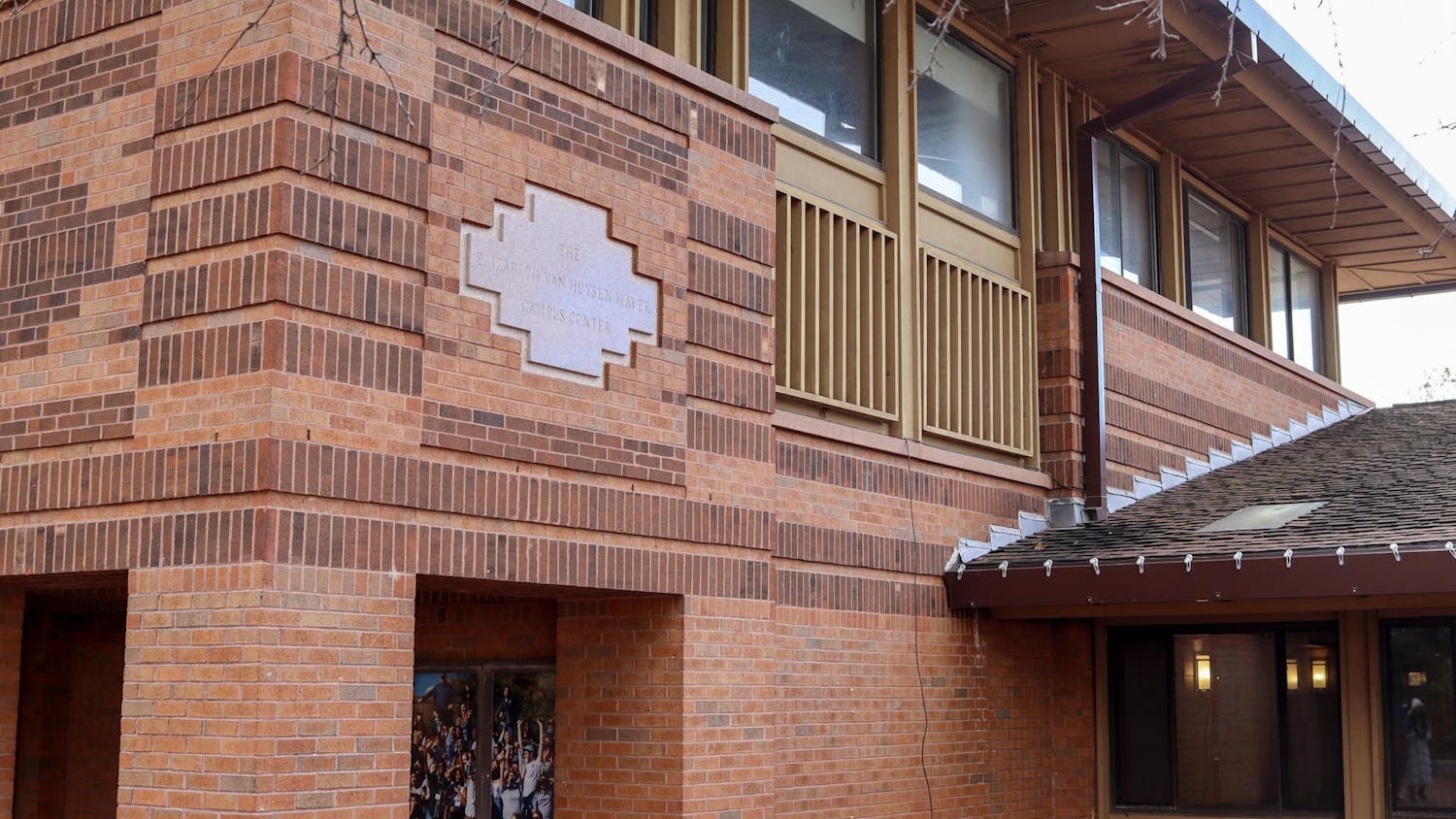In light of the recent tragedy at the Marjory Stoneman Douglas High School in Parkland, Fla., as well as the recent discovery of a gun magazine clip at the McGlynn Middle School in Medford, Tufts University Police Department (TUPD) has put sufficient safety measures in place to protect community members from a potential active shooter on campus, according to Kevin Maguire, executive director of the Department of Public and Environmental Safety (DPES) and TUPD Police Chief.
Maguire said one measure the school has taken is the implementation of TuftsAlert, a system by which students subscribe themselves to be alerted, by text or email, in case of an emergency. The system was implemented in the fall of 2007 and was initially called Send Word Now before a 2013 rebranding, according to Geoffrey Bartlett, Deputy Director of Public and Environmental Safety.
Bartlett said only 14 percent of students have not entered their contact information into the system.
He also emphasized that although subscribing to the system is an individual choice, doing so is the safest decision for all students.
An email to the Daily composed jointly by Maguire, Bartlett, Deputy Director of Public Safety Operations Leon Romprey and Deputy Chief Mark Keith, outlined the steps community members should take upon receiving an alert.
"Community members should immediately seek out a secure area and await further instructions," Bartlett said in the email. "If you are near, or traveling to campus, avoid the area and stay away until further notice."
If an active shooter is on campus, Bartlett, Maguire and Romprey stated that students should follow the "Avoid, Deny, Defend" strategy to protect themselves from the shooter. Bartlett said this strategy was first outlined by Texas State University based on research on active shooter scenarios.
The university's Emergency Response Guide details the Avoid, Deny, Defend response, saying that when an active shooter is in a student's vicinity, they have three choices for how to respond to a shooter and should first avoid the threat.
"Trust your instincts and don’t delay. Get away as quickly as possible," the guide says.
If unable to move, students should deny the active shooter from accessing their area, taking actions such as barricading themselves in the room.
Self-defense should be used as a last resort. If confronted by a shooter, victims should do everything they are able to disarm the shooter, according to the guide.
The university's Emergency Response Guide is delivered to all incoming undergraduate students in print form, according to Bartlett. The guide is also available online, as well as in the Tufts Mobile app, according to the Tufts Office of Emergency Management website.
Romprey emphasized that although the "Defend" aspect of the strategy may raise questions, active shooters are rarely prepared for victims to fight back. He added that people should understand that they are free to do what is necessary to defend themselves.
Maguire said that all incoming students are required to partake in a safety orientation called “Operation Awareness” during orientation week, which provides students with safety information, and has included information on active shooters since September 2007.
Faculty, staff and student groups also receive in-person training, which has been provided to 1,000 faculty and staff since September 2016, according to Bartlett. He also stated that members of the Tufts community can learn how to respond to an active shooter online through a video on the Office of Emergency Management website.
TUPD also works closely with the Medford and Somerville police departments, and, according to Bartlett, has a direct line of communication to these departments to get help in the event of a crisis on campus.
Maguire added that in a crisis situation such as an active shooter, other outside departments such as the Massachusetts State Police would be asked to send backup. He also spoke about TUPD's commitment to informing the Tufts community in the event of a potential threat.
"Generally, our goal is to communicate with the community immediately when circumstances suggest a potential threat or danger,” Maguire said in the email.
In addition to these security measures, TUPD officers were armed with patrol rifles, commonly known in political discourse as assault weapons, in 2008. Maguire said that TUPD officers were trained to carry these rifles in response to the Virginia Tech shooting in 2007, in which 33 people were killed and 17 injured.
Maguire added that every active TUPD officer can carry such a weapon. However, these weapons are only deployed in certain situations, such as with active shooters or when officers know they will confront someone with a weapon.
"The benefit of having TUPD officers trained in the use of patrol rifles ... is that TUPD officers are able to respond immediately with the proper equipment, in time to save lives by stopping the shooter before the shooter does more harm," the email stated. "Fortunately, it has not been necessary to deploy patrol rifles to date ... but we are prepared to do so if necessary."
Romprey added in an interview that these weapons are more accurate at a long range and allow officers to equal the firepower of active shooters.
First-year Zac Berman echoed Romprey's sentiment.
“Because assault weapons are so easy [for anyone] to get … [police officers] need to at least match their firepower,” Berman said.
By contrast, sophomore Ann-Marie Lee, was apprehensive about police carrying weapons.
“I can understand the desire to be prepared for an immediate threat of a shooting (we all do!) but I find the sustained profiling and heightened sense of violence and danger towards black, brown, trans, gender-nonconforming and undocumented students and workers to be a violation of safety and shelter,” Lee wrote in an email to the Daily.
She added she personally does not feel safe around police on campus, due in large part to their being armed.
In response to such concerns, Maguire said that in general, the goal of TUPD is to ensure the safety of students.
TUPD uses TuftsAlert, safety training, arms police to protect community members

From left to right, Deputy Chief Mark Keith, Executive Director of Public and Environmental Health and Safety/Police Chief Kevin Maguire, Deputy Director of Operations Leon Romprey and Deputy Director Geoffrey Bartlett, who all are involved in emergency protocol in the case of an active shooter, pose for a portrait in the TUPD office located at Dowling Hall on March 12, 2018.





